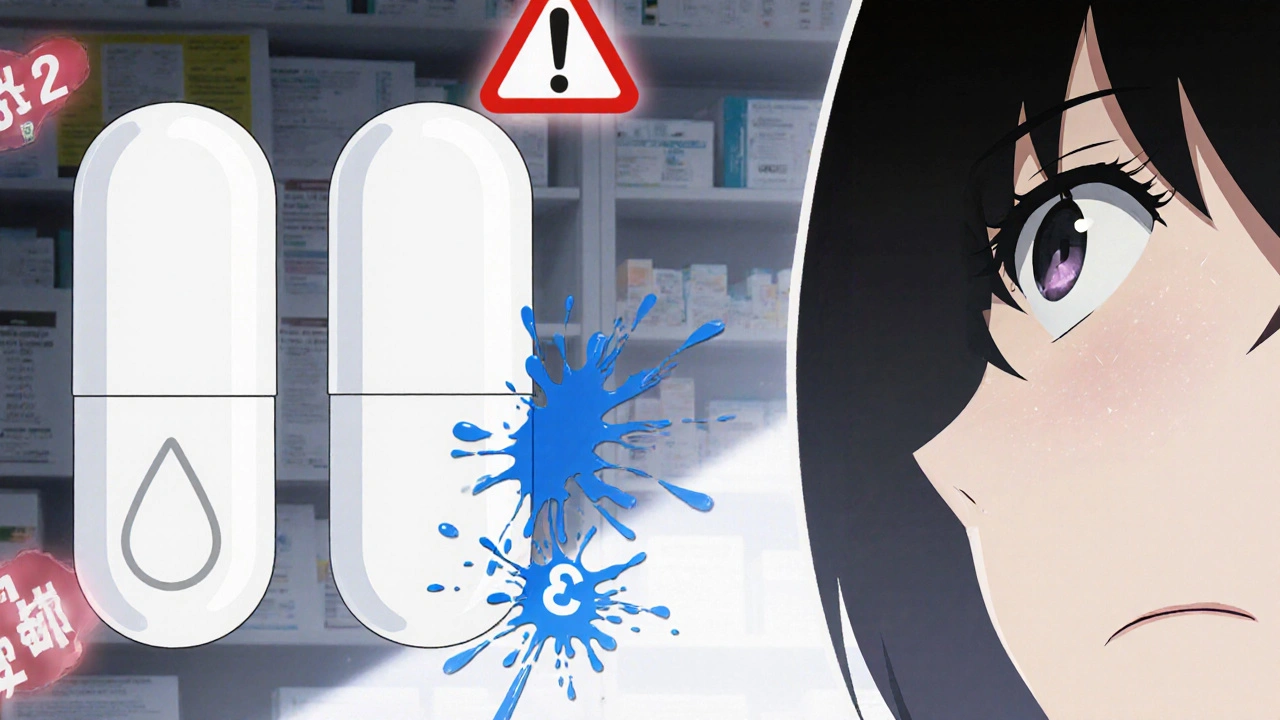Inactive Ingredients: What’s Really in Your Pills and Why It Matters
When you swallow a pill, most of it isn’t the medicine you’re after. That’s right—the active ingredient is often just a tiny part. The rest? inactive ingredients, substances added to pills that don’t treat your condition but help with absorption, stability, or shape. Also known as excipients, these include things like starch, lactose, dyes, and preservatives. They’re not optional extras—they’re required by law to make the drug work properly. But here’s the catch: just because they’re called "inactive" doesn’t mean they’re harmless.
For most people, these fillers are no big deal. But if you’re allergic to lactose, gluten, or certain food dyes, those "harmless" ingredients can trigger real symptoms—bloating, rashes, even anaphylaxis. And if you’re taking a generic version of a brand-name drug, the inactive ingredients might be completely different. That’s why some people feel worse on generics, even when the active drug is identical. The generic drugs, medications approved by the FDA as bioequivalent to brand-name versions have to match the active ingredient’s strength and how fast it enters your bloodstream—but not the fillers. So if your body reacts to one pill’s coating or dye, switching brands might help. And if you’ve ever wondered why some pills are huge or come in weird colors, that’s often down to the pill fillers, substances like cellulose or talc that give pills their structure and make them easier to swallow.
It’s not just about allergies. Some inactive ingredients can mess with how your body absorbs the drug. A study from the Journal of Clinical Pharmacology found that certain coatings slowed down the release of blood pressure meds in older adults, making them less effective. And if you’re on multiple drugs, those fillers can interact—like when a common preservative in one pill reduces the absorption of another. That’s why pharmacists ask about your allergies and other meds. They’re not just being thorough—they’re checking for hidden risks.
So what should you do? Read the label. Look up the inactive ingredients on the FDA’s website or ask your pharmacist. If you have a known allergy, don’t assume all versions of a drug are safe. And if you feel off after switching brands, it might not be in your head—it could be in the filler. This collection of articles dives into how these hidden ingredients affect everything from generic drug equivalence to counterfeit pills, why some people react to them, and how to spot the red flags before they cause harm. You’re not just taking a pill—you’re taking a whole formula. Know what’s in it.
